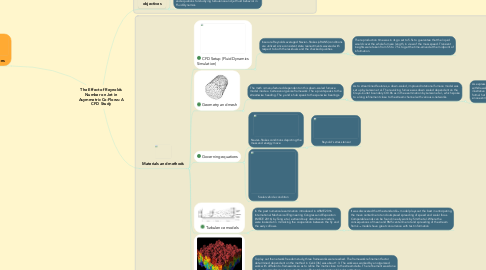
1. Conclusions
1.1. The standard k-ε model gave the nearest forecast to the estimations in past work. The forecast of the spreading rate S of the streamwise speed is very exact with a blunder of about 3%. There is an overprediction of the centerline rot term B of the speed by about 45% and of the spreading rate Sφ of the aloof scalar by about 20% contrasted with the outcomes in past estimations. The model is equipped for anticipating a Re reliance of the stream improvement as the fly with higher introductory Re is longer, which is advantageous to the sintering of pellets, yet the centerline speed rots quicker downstream.
1.2. The ERZ entrains the uninvolved scalar upwards, advancing the spreading of scalar in the spanwise bearing. Besides, the ERZ develops when Re increments. In a receptive case, the ERZ can improve the blending between the reactants, aids the fire mooring, and henceforth further advantage the fire solidness. Since a long stream steadily situated in the focal point of the oven is normal in this kind of furnace for iron mineral pellets sintering, the presence of the ERZ is along these lines fundamentally profitable.
2. General objectives
2.1. Look at the impact of preliminary Re, through changing the nozzle diameter (Dj), at the some distance discipline improvement of the jet in a simplified bloodless version.
2.2. Analyze the advantages of using Reynold's numerical methods and equations for studiying turbulence and jet fluid behavior in Fluid Dynamics.
3. Materials and methods
3.1. CFD Setup (Fluid Dynamics Simulation)
3.1.1. Insecure Reynolds averaged Navier–Stokes (uRANS) conditions are utilized since consistent state reenactments wavered with respect to both the residuals and the checked qualities.
3.1.1.1. The reproduction time was in its go set to 5.5s to guarantee that the liquid would cover the whole furnace length, in view of the mass speed. Transient insights were taken from 5.5 to 7.5s to get the time-arrived at the midpoint of information.
3.2. Geometry and mesh
3.2.1. The math is manufactured dependent on this down-scaled furnace model inside a Cartesian organize framework. The x-pivot speaks to the streamwise heading. The y-and z-hub speak to the spanwise bearings.
3.2.1.1. As to streamlined features, a down-scaled, improved rotational furnace model was set up by Larsson et al. The revolving furnace was down scaled dependent on the Craya–Curtet boundary Ct 0.86 as in the examination by Larsson et al., which spoke to a long refinement close to the stream channel with various o-networks.
3.2.1.1.1. As expressed by Mi et al. and Grandchamp et al. , the two normally utilized spouts, withdrawal spout, and straight round funnel, relating to a formal hat speed profile and an illustrative speed profile like the completely evolved pipe stream, separately. In this work, a formal hat speed profile was approximated by a uniform mass stream rate at the fly bay, since estimations of the underlying speed profile is deficient.
3.3. Governing equations
3.3.1. Navier–Stokes conditions depicting the mass and energy move
3.3.1.1. Reynold's stress tensor
3.3.2. Scalar vehicle condition
3.4. Turbulence models
3.4.1. In the past numerical examination introduced in ASME 2016 International Mechanical Engineering Congress and Exposition (IMECE 2016) by Teng et al, extraordinary disturbance models were looked at in mimicking the cooperation between the fly and the awry coflows.
3.4.1.1. It was discovered that the standard k-ε model plays out the best in anticipating the mean centerline rot and outspread spreading of speed and scalar focus. Comparable ends can be found in early work by Smith et al. Where the consequences of mean and RMS centerline rot and spreading of the stream from k-ε models have great concurrence with test information
3.5. Grid study
3.5.1. To play out the network freedom study, three frameworks were readied. The framework refinement factor determined dependent on the method in Celik [36] was about 1.3. The work was worked by an organized work with different o-frameworks so as to refine the matrix close to the stream delta. The refinement was done in an organized manner to guarantee an efficient discretization blunder estimation.
